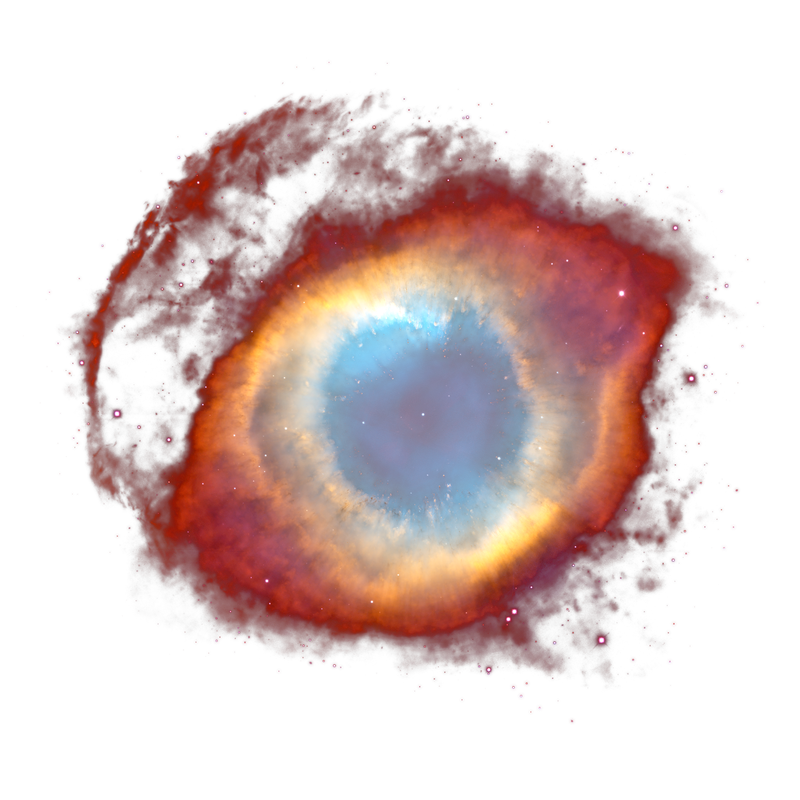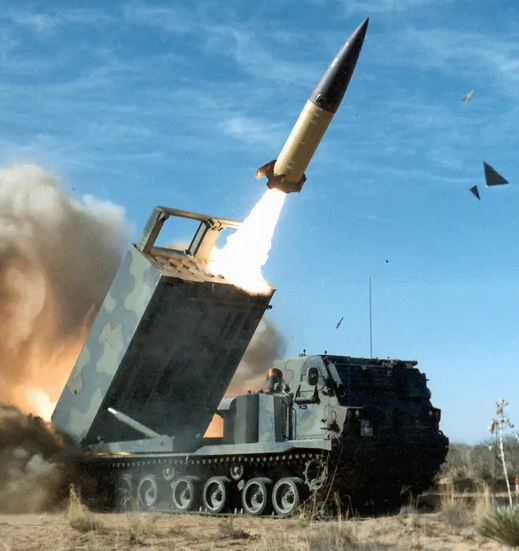This kind of strategy, ie targetting a small number of debris that create the most risk, makes this problem more manageable than deorbiting thousands.
This give some hope to avoid the Kessler Symdrom. Altough space agencies would need to deorbit junk faster than they’re orbiting it.
Removing starlink from orbit would cut danger from space junk logarithmically.
Starlink is all in LEO. It doesn’t become space junk as there is sufficient drag in LEO that they readily deorbit purely due to air resistance (yes, there is enough air in LEO to make air resistance the factor in why Starlink does not become space junk).
Let’s put actual numbers on it:
-
Starlink: 500-570km
-
Kuiper: 630km
-
Guowang: 900-1145 km
And as far as passive deorbit times, this chart is for a 1u cubesat, and bigger satellites would come down faster, but it illustrates some of the point that Starlink isn’t actually the problem here:

The ballistic coefficient, mass divided by cross section area, still determines how drag effects trajectory in the LEO environment.
It should be pretty straightforward to extrapolate if you know the relevant parameters on both spacecraft.
-
The outer shell of the Guowang constellation on the other hand…
Starlink isn’t actually that bad in terms of space junk. They’ve been actively deorbiting Gen 1 and partially failed ones. The amount that are uncontrolled junk just passively deorbiting is really small.
-
Starlink total sats launched: 9896
-
Total down: 1329 (includes Gen 1 disposal and previous failures)
-
Total failed, decaying: 16
So they currently have 16 junk Starlinks that should be gone in the next few years.
No starlink is bad. It’s currently deorbiting 1-2 satellites a day, which means half a ton of aluminum and other metals burnt up in the atmosphere. Current ambition mean they will need to start deorbiting 3-5 satellites per day.
We don’t know yet what ecological impact this will have. But I’m having a hard time accepting such wasteful energy and material consumption.
NASA claims the Earth is hit with 48.5 tons of natural meteoric debris every day, much of it being metallic. Somehow that hasn’t been an issue in all of history so far.
A ton is such an absurdly insignificant amount of material on a global scale.
Aluminum is not a naturally occurring metal however, but I do get your point. Never knew we received so much already.
See my edit. Kessler syndrome is quite well known.
Please explain why you think it’s irrelevant here using peer reviewed research rather than sources that seek to obfuscate the truth about it for financial gain.
I understand Kessler Syndrome and am not saying that it isn’t possible. I just think Starlink is the wrong constellation to be mad about. There are two points I’m trying to make here about Starlink:
- Their orbit is low, so it doesn’t matter as much if their birds die because they passively deorbit.
- SpaceX has been a good steward of their orbits and don’t have much dead junk up there.
The low orbit point is also made in that Wikipedia page that you linked:
Starlink satellites are launched at a lower altitude of 550 km … and failed satellites or debris are thus expected to deorbit within five years even without propulsion, due to atmospheric drag.
I added the source to my comment above about the deorbit/junk stats.
-
It’ll just get replaced by Amazon’s version, although I guess that’s better than having both simultaneously. Then there’s China’s…
I’m all for this, but can we get someone to include somebody who will check for american trash? I bet we can drop it even lower!
3 of the top 50 are American.
Oop, just did a quick skim





